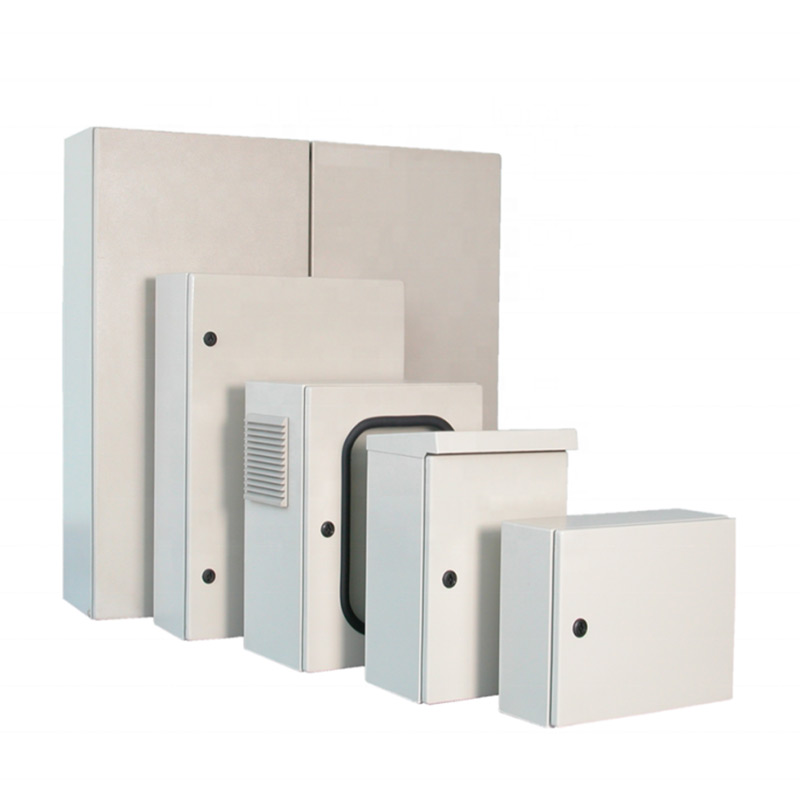- English
- Español
- Português
- русский
- Français
- 日本語
- Deutsch
- tiếng Việt
- Italiano
- Nederlands
- ภาษาไทย
- Polski
- 한국어
- Svenska
- magyar
- Malay
- বাংলা ভাষার
- Dansk
- Suomi
- हिन्दी
- Pilipino
- Türkçe
- Gaeilge
- العربية
- Indonesia
- Norsk
- تمل
- český
- ελληνικά
- український
- Javanese
- فارسی
- தமிழ்
- తెలుగు
- नेपाली
- Burmese
- български
- ລາວ
- Latine
- Қазақша
- Euskal
- Azərbaycan
- Slovenský jazyk
- Македонски
- Lietuvos
- Eesti Keel
- Română
- Slovenski
- मराठी
- Srpski језик
How do you ground a Electrical Control Case
2023-10-19
Electrical enclosures that contain a variety of electrical components and instruments used for monitoring and operating a specific electrical system or piece of equipment are called electrical control cases, sometimes referred to as control panels or switchboards. Switches, fuses, circuit breakers, relays, meters, and other equipment required for controlling and protecting the electrical system could be among these parts.
Electrical Control Case find widespread usage in many industrial and commercial settings, including manufacturing facilities, chemical plants, power production plants, and building automation systems. Specific needs, including those related to size, form, material, and degree of protection against dust, moisture, and dangers, can be taken into consideration when designing and customizing these cases.
All things considered, Electrical Control Case are essential to preserving the operation of electrical systems and guaranteeing the security of users and machinery.
Locate the case's grounding terminal or lug in order to ground an Electrical Control Case. Usually, a bolt or screw is threaded into the metal casing. To connect the grounding terminal to an appropriate ground source, you will need to utilize a grounding wire or jumper. This could be an electrical system grounding conductor, a metal water pipe, or a ground rod. Making ensuring the ground supply is sufficient for the amount of electrical activity in the control case and that the ground connection is secure are crucial. It's also crucial to ground electrical equipment in accordance with local electrical laws and regulations.






